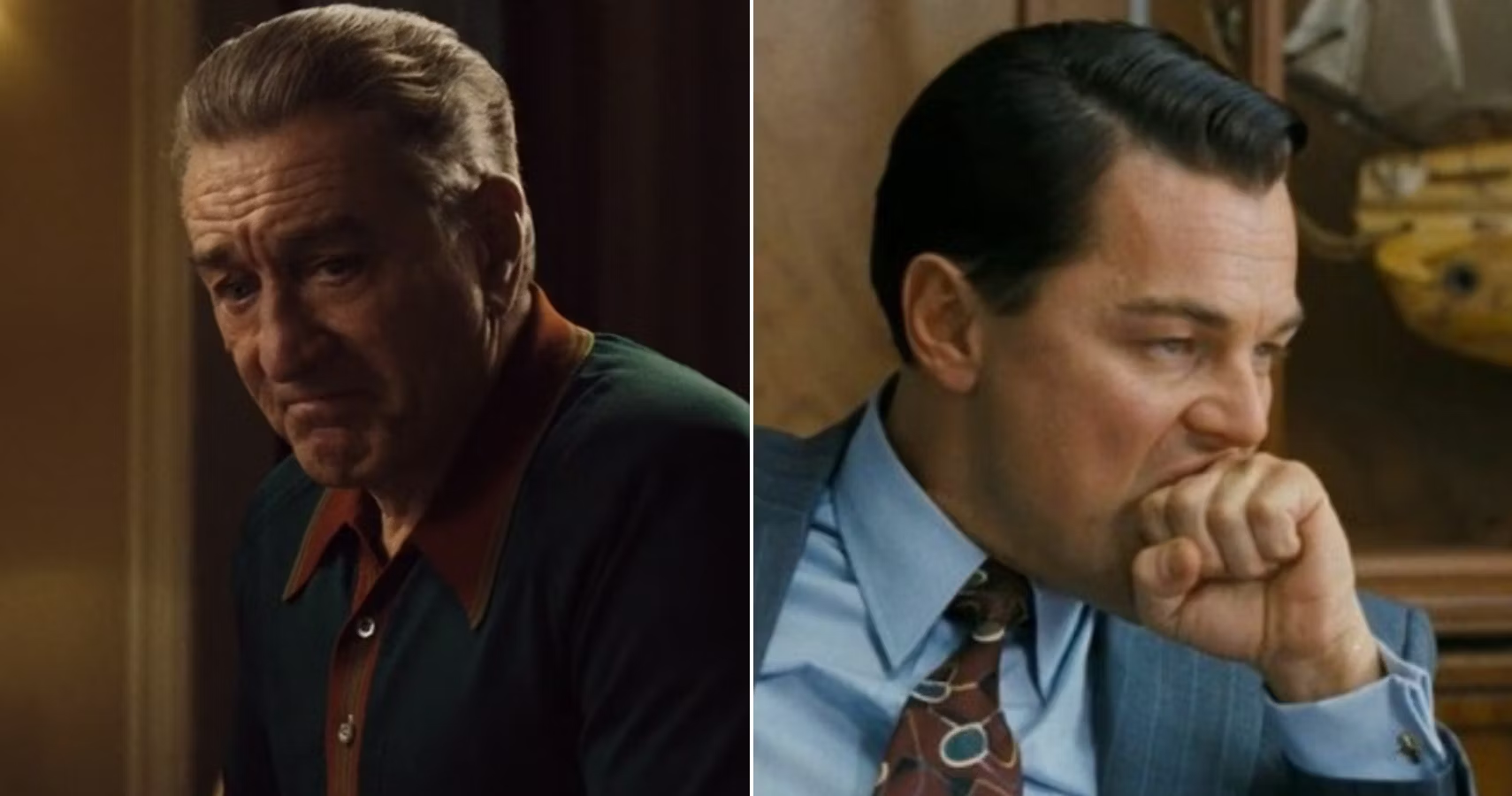Martin Scorsese’s name resonates through the halls of film history, not just for his exceptional craftsmanship but also for his remarkable collaborations with Hollywood’s elite, Leonardo DiCaprio and Robert De Niro. As titans of the film industry, both actors have delivered performances under Scorsese’s direction that not only captivated audiences but also significantly shaped the cinematic landscape.

However, despite the success Scorsese has enjoyed with DiCaprio in the new millennium, it’s his storied partnership with De Niro that has proven pivotal, especially during the most turbulent times of his career. This relationship was particularly instrumental during the creation of Raging Bull, a film that not only resurrected Scorsese’s career but also redefined the biographical genre in Hollywood.
The Resurgence of Scorsese: The Making of “Raging Bull”
In the late 1970s, Scorsese was struggling. Despite having critical successes like Mean Streets and Taxi Driver to his name, he found himself battling personal demons and professional setbacks, particularly with the lukewarm reception of his ambitious musical, New York, New York. It was during this period of profound adversity that Robert De Niro stepped in, not just as a collaborator, but as a savior.
“Do you want to die, is that it? Don’t you want to live to see your daughter grow up and get married?”
This stark confrontation was a wake-up call for Scorsese, who then channeled his struggles into the creation of Raging Bull. This 1980 masterpiece, portraying the tumultuous life of boxer Jake LaMotta, mirrored Scorsese’s own battles with self-destruction and redemption.

Thanks to De Niro’s pivotal intervention and his riveting portrayal of LaMotta, Raging Bull was not just a critical success; it became a landmark film in the annals of cinema, earning De Niro an Academy Award for Best Actor and reaffirming Scorsese’s directorial genius.
DiCaprio’s Emergence and the New Era
While De Niro helped Scorsese rediscover his cinematic voice, Leonardo DiCaprio has been instrumental in maintaining its relevance in contemporary cinema. Since their first collaboration on Gangs of New York (2002), DiCaprio and Scorsese have forged a dynamic partnership, reminiscent of the earlier Scorsese-De Niro synergy.
https://x.com/MIB01010/status/1766846720980164885
DiCaprio’s introduction to Scorsese, as shared in an interview with Hindustan Times, came through De Niro himself. After working together on This Boy’s Life, De Niro recommended DiCaprio to Scorsese, marking the beginning of a new creative epoch.
“Bob told me I must work with this new kid. Turned out that Leo enjoyed the movies we made.”
Over the years, this partnership has matured, characterized by a shared fearlessness and a robust mutual trust that has pushed both to explore new artistic territories. Films like The Aviator, The Departed, and The Wolf of Wall Street not only showcased DiCaprio’s versatile acting prowess but also highlighted Scorsese’s adaptability and continued relevance in a changing cinematic landscape.

Conclusion: The Legacy of Scorsese’s Collaborations
While the debate might linger about who is Scorsese’s greatest muse, the impact of his relationships with both De Niro and DiCaprio is undeniable. Each actor has brought out different facets of Scorsese’s directorial capabilities, contributing to his legacy as one of the greatest filmmakers of our time. From the resurgence and grit of Raging Bull to the bold narratives of The Wolf of Wall Street, Scorsese’s partnerships are a testament to the enduring power of collaborative genius in cinema.

